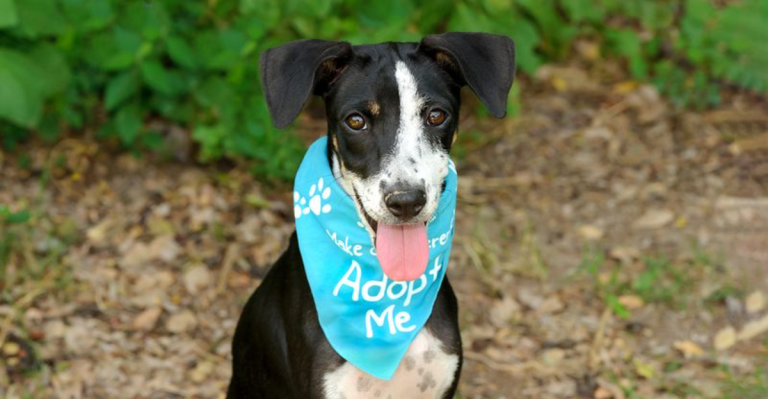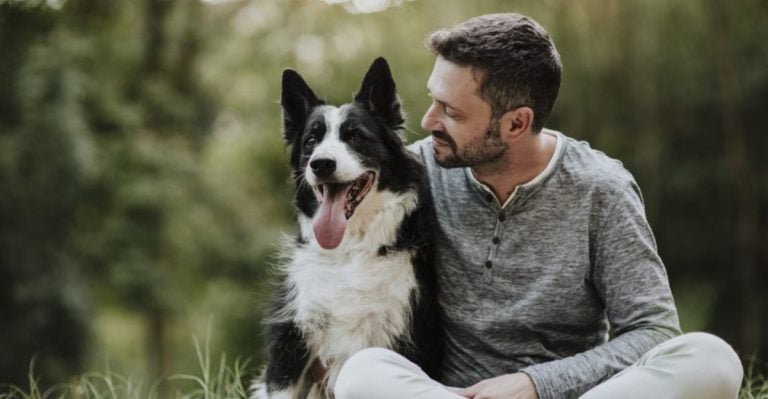15 Things To Consider Before Adopting A Shelter Dog

Adopting a shelter dog is an exciting and rewarding experience, but finding the perfect match requires careful consideration. It’s all about understanding the commitment and responsibility that come with it. By considering important factors, you can ensure a smooth transition and a long-lasting, fulfilling bond. Taking the time to make an informed decision will set both you and your new companion up for success. So, here are some things to check before you adopt a shelter dog.
Assess Your Lifestyle Compatibility

Picture this: a high-energy dog bouncing off the walls while you’re someone who loves to binge-watch your favorite shows as a hobby. It’s not exactly a match made in heaven. Dogs thrive when their energy levels align with their owners. If you prefer quiet evenings, a couch-loving pup might be your soulmate. Choose wisely!
Evaluate Temperament And Behavior

Every dog has a unique personality; some are social butterflies, and others prefer their space. Watching how a dog reacts to new sounds and situations gives insight into its temperament. A confident, adaptable pup might fit right in, but a timid or independent dog may need extra patience.
Check Compatibility With Children And Other Pets

Not every dog is ready for a kid’s unpredictable energy or a cat’s aloof attitude. Some thrive in family chaos, while others prefer peace. Watching how a dog interacts with little ones or furry housemates helps avoid future tension. A well-matched household is a happy one.
Review The Dog’s Medical History

A healthy dog or a list of medical surprises? Checking a dog’s medical history helps you prepare for future care. Vaccination records, past injuries, and breed-specific conditions matter. Some dogs need extra vet visits, and some are low-maintenance.
Assess Trainability And Intelligence

Every dog learns at its own pace. Quick learners enjoy problem-solving and structured guidance. On the other hand, strong-willed dogs need extra patience. Observing reactions to cues and new situations helps determine how easily training will fit into daily life.
Consider Grooming And Maintenance Needs

A dog’s coat can distinguish between quick brushing or endless fur tumbleweeds. Long-haired breeds demand regular upkeep, whereas short-haired ones still shed their fair share. Some need trimming; others require skin care. Matching grooming needs to your schedule keeps both you and your pup happy.
Inquire About The Dog’s Background

The past can significantly impact a dog’s behavior. Strays may develop food-guarding tendencies, and surrendered pets might face separation anxiety. Gaining knowledge of a dog’s previous experiences helps set realistic expectations, and shelter staff can offer useful insights to ease the transition.
Understand Potential Behavioral Issues

Recognizing a dog’s tendencies early helps set up a structured plan for training and support, ensuring a smoother transition into their new home. This is because some of these dogs come with baggage. Fearfulness, excessive barking, or guarding behaviors may surface once they feel comfortable.
Evaluate The Dog’s Independence

Dogs have different levels of independence, and some may struggle with being alone for long stretches. If the dog shows signs of separation anxiety, consider whether you can provide the care and attention they need for a happy home life.
Assess Financial Preparedness

Beyond the adoption fee, expenses include veterinary care, food, grooming, and emergency medical costs. Unexpected expenses arise with age-related issues or specialized diets. Budgeting for a dog’s lifelong care ensures financial stability and prevents unnecessary rehoming due to economic challenges.
Plan For The Adjustment Period

Transitioning into a new home takes time. Shelter dogs often experience stress during their first weeks, leading to nervous behaviors or withdrawal. Providing a calm, structured environment with predictable routines helps ease the transition, which allows the dog to feel safe and establish trust.
Consider The Dog’s Age

Puppies are adorable, but they’re also tiny tornadoes of mischief. They demand training and endless energy. Adult dogs often come with some life experience, while seniors offer calm companionship but may need extra care. Finding the right age means balancing your patience and long-term commitment.
Trust Your Instincts

Sometimes, the best indicator of a good match is the feeling you get when interacting with a dog. Although logical considerations matter, instinct plays a role in forming bonds. It may be the perfect fit if a dog connects with you meaningfully.
Check The Dog’s Reaction To Handling

A dog’s response to gentle petting, ear checks, or paw handling can reveal sensitivity levels. Some enjoy being touched everywhere, whereas others resist specific interactions. If a dog shows discomfort with handling, extra patience and desensitization training may be necessary to build trust.
Consider The Dog’s Sleeping Habits

Some dogs are the ultimate sleep champions, dozing off like a log no matter the racket, and others are like tiny watchdogs, ready to jump at even the faintest whisper of noise. Beyond just being early birds or night owls, factors like age, anxiety levels, and overall health determine the sleeping patterns of a dog.






